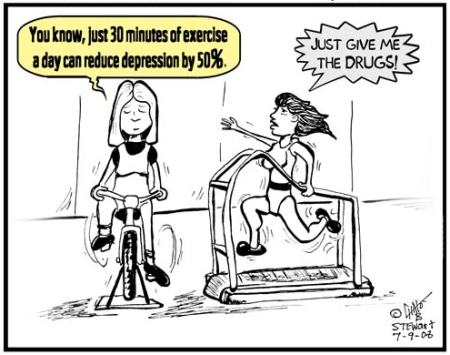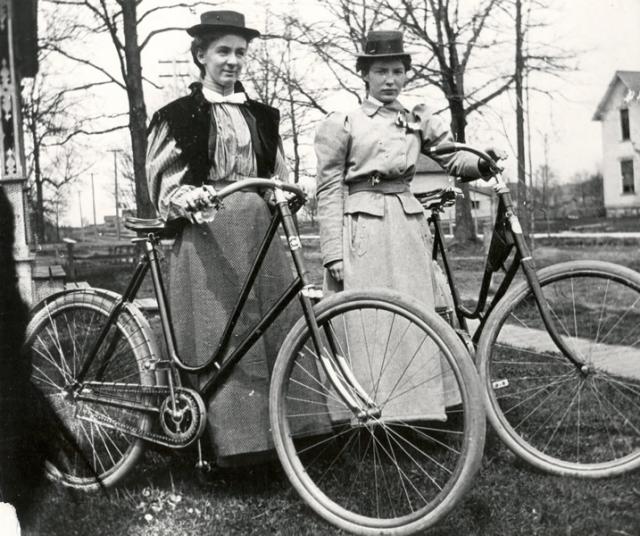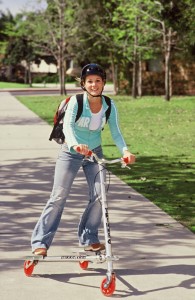Reading Notes #3: Some articles of interest I’ve come across while reading NEJM and JAMA. These items all fall into the category of health news.
Bulleted titles in the following list link to the individual items below. Under References I indicate the accessibility of articles: OA means open access, $ indicates a pay wall.
HEALTH NEWS
- Exercise and depression: Researchers may have found a connecting biological mechanism
- Aspirin for primary prevention: Does it prevent heart attacks? We still don’t know
- New stool sample test: Detects DNA mutations associated with abnormal growths in the colon












